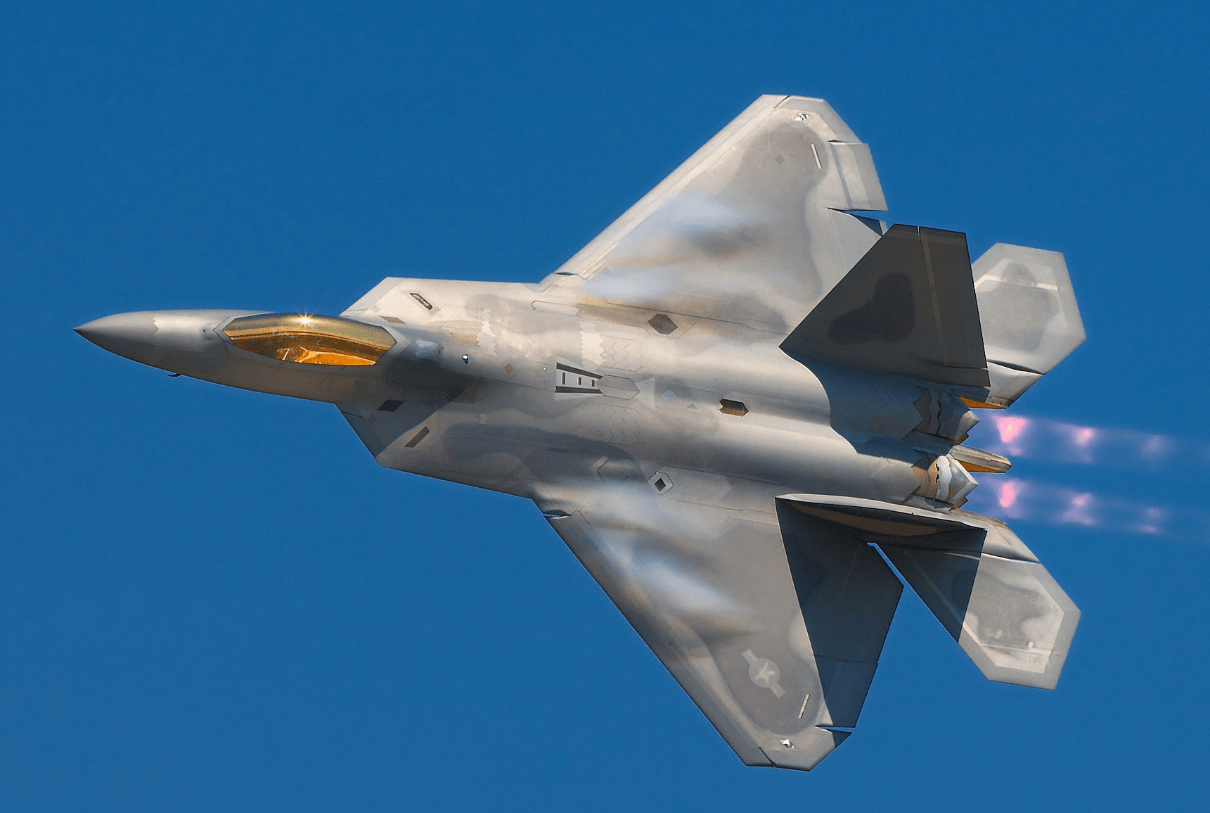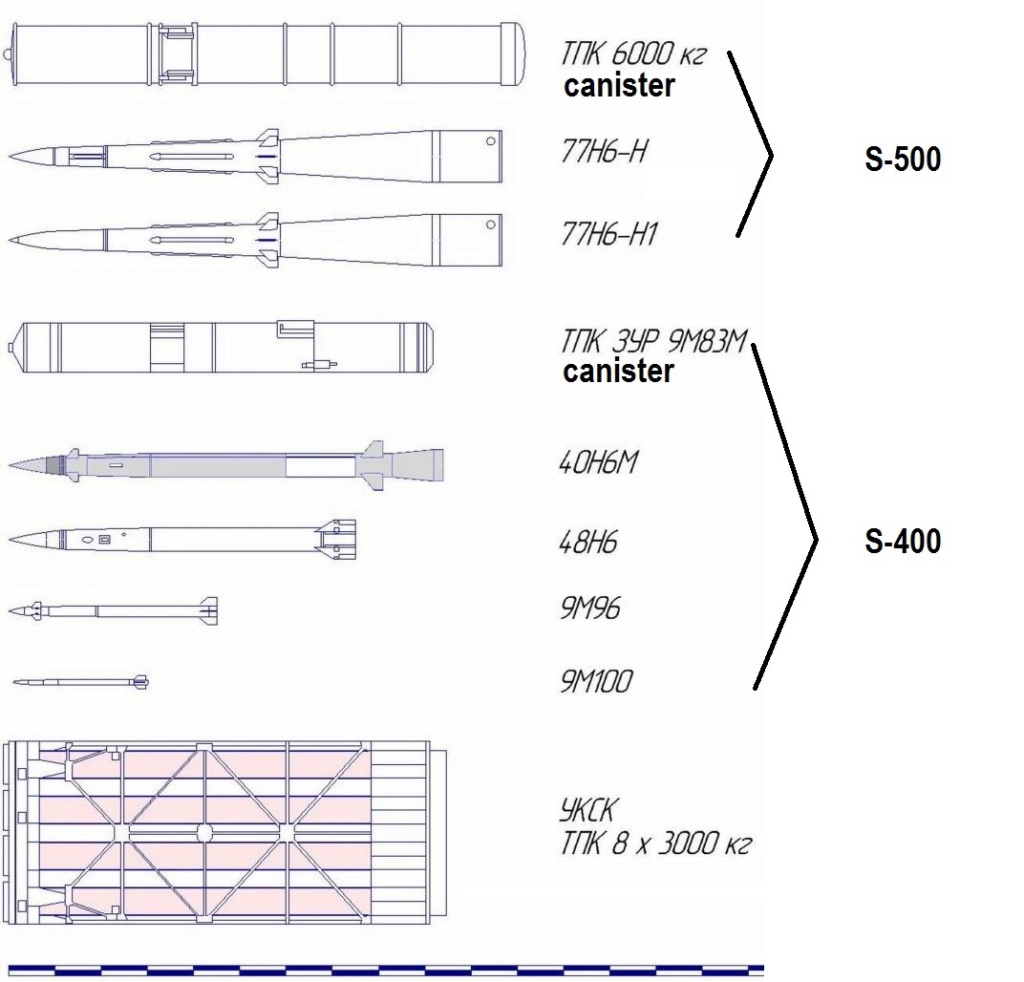Shah_Deu
FULL MEMBER

- Joined
- Jun 7, 2019
- Messages
- 691
- Reaction score
- 0
- Country
- Location
So lets take the 500km range of JY-27A into perspective.I don't think many of the brothers realise is just how many assets the HQ-9P will be working with. Do remember much of the AD network is Chinese so there'll be great interconnectivity and multiple radars monitoring threats that haven't even reached the border yet.
This awesome piece of tech is the key here, which will make the HQ-9P even more potent.
View attachment 787331
View attachment 787332
At 500km what happens in India will be known to us fast.
It's already made headlines.
Intriguingly, the Chinese government claimed that while under development in Shandong it was able to track American F-22 Raptors flying over South Korea.

Nowhere to hide: Has China won the stealth war? - Asia Times
It seems unlikely Beijing has such a capability, but it cannot be fully ruled out — can China track the F-22 Raptor stealth fighter, America’s airborneasiatimes.com
A Chinese-made type JY-27 radar deployed by Venezuelan Air Defense detected a United States F22 stealth aircraft as it approached the country’s airspace and sent a warning to the American fighter jet on Tuesday.
According to Avia Pro website, following the incident the Venezuelan army issued a warning to the US Air Force on May 12 that it was ready to fire without warning at any American aircraft if it tried to violate the country’s airspace.
- 1 radar placed in Gwadar could practically track all air traffic over Gulf of Oman
- 1 radar placed near Lahore could track all air traffic over Delhi and all of IIOJK
- 1 radar placed in interior Sindh could cover the whole airspace of indian states of Rajasthan and Gujrat
Last edited:










